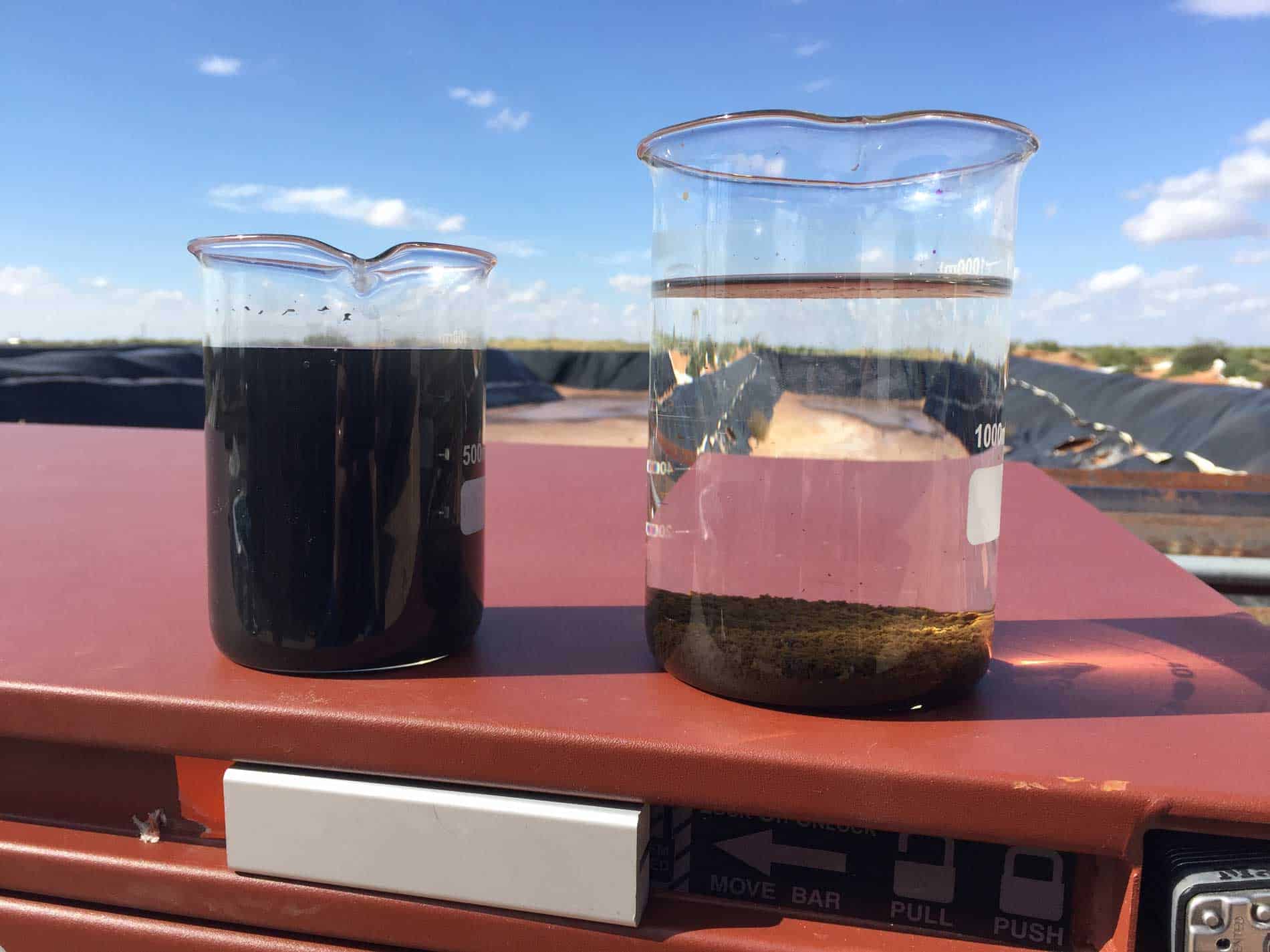ISO 5815 Biological Oxygen Demand BOD Water Test
The ISO 5815 standard is a cornerstone in the assessment of water quality, specifically focusing on the biological oxygen demand (BOD) test. This procedure quantifies the amount of dissolved oxygen utilized by microorganisms to decompose organic matter under controlled laboratory conditions over a specific period. In the context of oil and gas testing, particularly for produced water and process water analysis, this method is critical.
The significance of BOD testing in the oil and gas sector cannot be overstated. Produced waters are a byproduct of petroleum extraction processes, and they can contain high concentrations of organic compounds that affect aquatic ecosystems if not properly treated. By measuring BOD, we gain insight into the biodegradability of these substances under controlled conditions.
The BOD test is conducted over five days to simulate typical environmental conditions where microorganisms would act on the organic matter present in the water sample. This standardized approach ensures consistency and reliability across different facilities and laboratories, which is essential for regulatory compliance and internal quality control.
For process waters used within oil and gas operations, understanding BOD levels helps identify potential sources of contamination that can lead to operational inefficiencies or environmental harm. Regular monitoring of BOD in these waters ensures that treatment processes are effective and that any changes in water composition due to operational shifts are promptly identified.
In essence, the ISO 5815 Biological Oxygen Demand test is not just a laboratory procedure; it serves as a critical tool for safeguarding both environmental integrity and operational efficiency in the oil and gas industry. This standard provides a robust framework that aligns with international best practices, ensuring that all stakeholders from quality managers to R&D engineers can rely on accurate and consistent data.
Why It Matters
The ISO 5815 BOD test is essential for several reasons. Primarily, it helps in assessing the environmental impact of produced water and process water used within oil and gas operations. By quantifying the biological oxygen demand, we can determine how much organic matter is present and how rapidly it degrades under controlled conditions.
For compliance officers, this test ensures that facilities meet stringent regulatory requirements set by various international standards such as ISO 5815 itself, as well as local environmental regulations. In the context of R&D engineers, understanding BOD levels can guide improvements in water treatment technologies and processes.
The test is also crucial for quality managers who need to ensure that all operational aspects meet high-quality standards. By conducting regular ISO 5815 tests, they can monitor changes over time and make necessary adjustments to maintain optimal performance.
From an operational perspective, the BOD test helps in optimizing water treatment processes. High BOD levels indicate a need for more robust treatments or alternative methods that can effectively reduce organic content before discharge into natural water bodies.
Benefits
- Compliance with international and local regulations.
- Precise measurement of biodegradability under controlled conditions.
- Avoidance of environmental damage from improperly treated produced water.
- Improved operational efficiency through optimized water treatment processes.
- Risk management in identifying potential sources of contamination early.
- Detailed insights into the performance of water treatment systems.
Industry Applications
| Application | Description |
|---|---|
| Produced Water Treatment | Evaluating the effectiveness of produced water treatment processes. |
| Process Water Monitoring | Determining the biodegradability of process waters used in oil and gas operations. |
| Emission Control | Monitoring emissions to ensure compliance with environmental standards. |
| Treatment Process Optimization | Identifying areas for improvement in water treatment systems. |
| Environmental Impact Assessment | Evaluating the potential impact of produced waters on aquatic ecosystems. |





